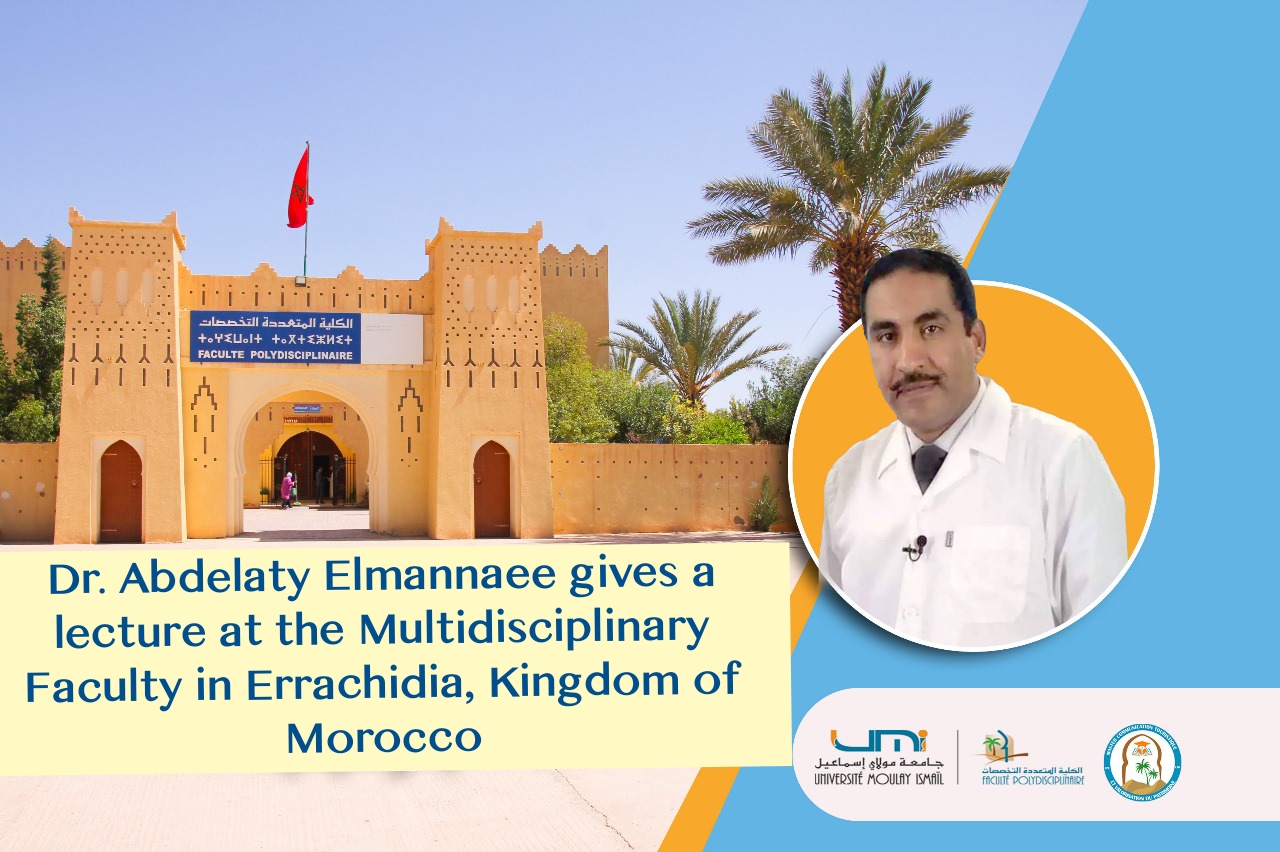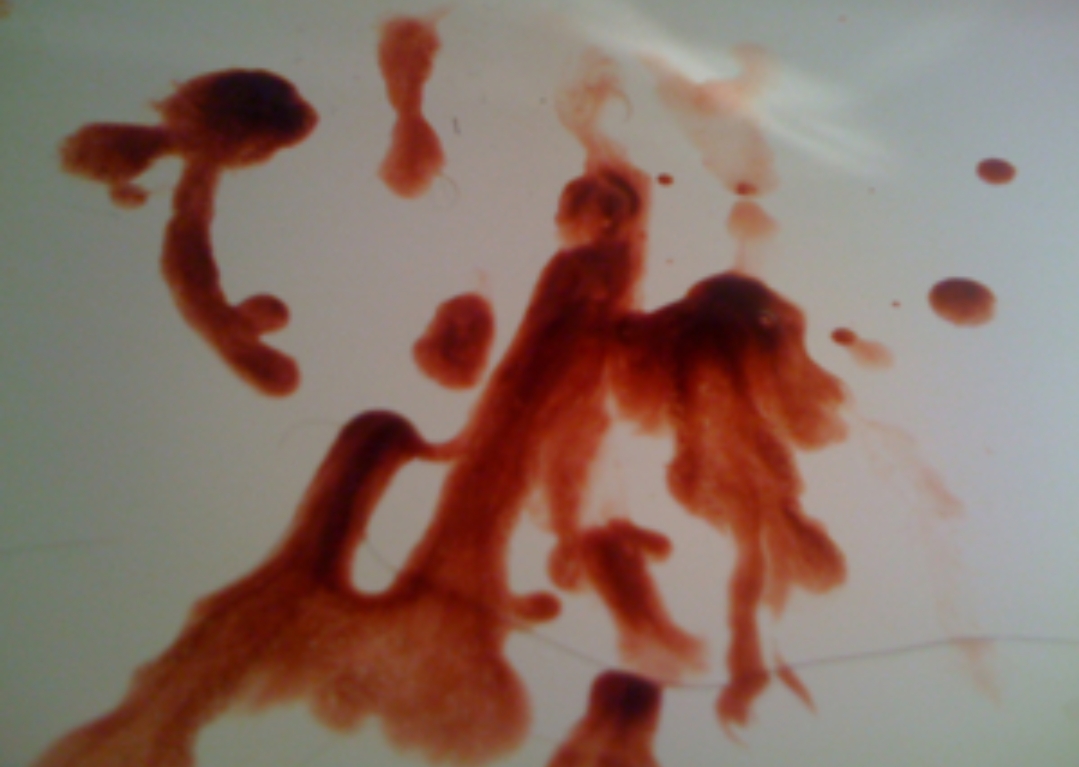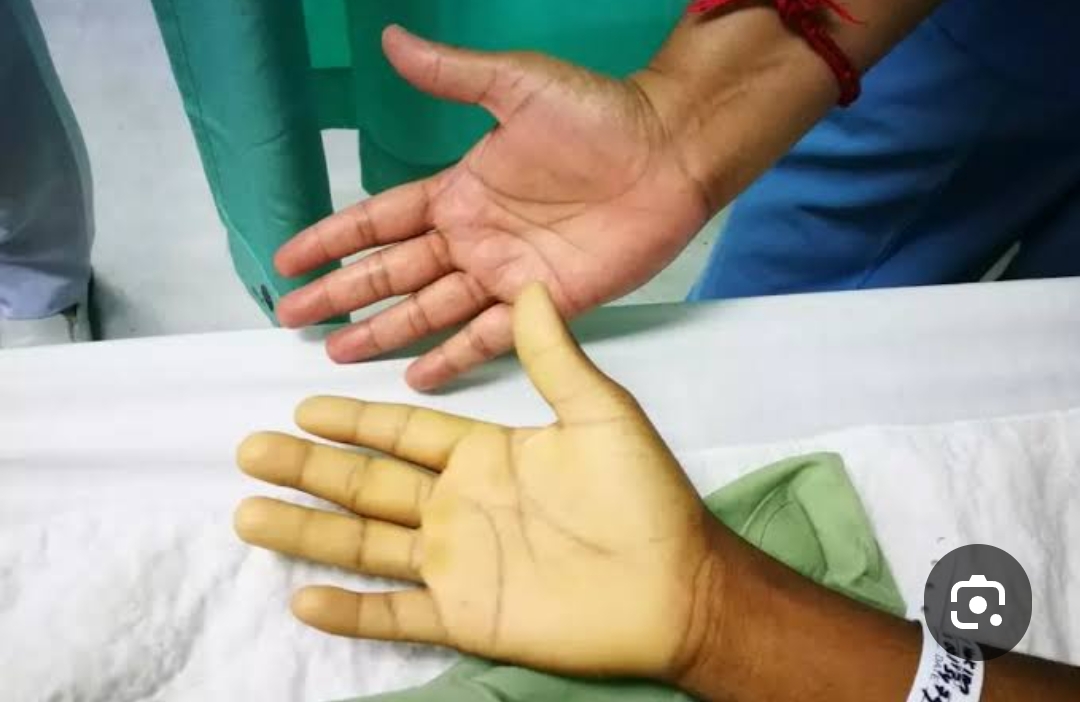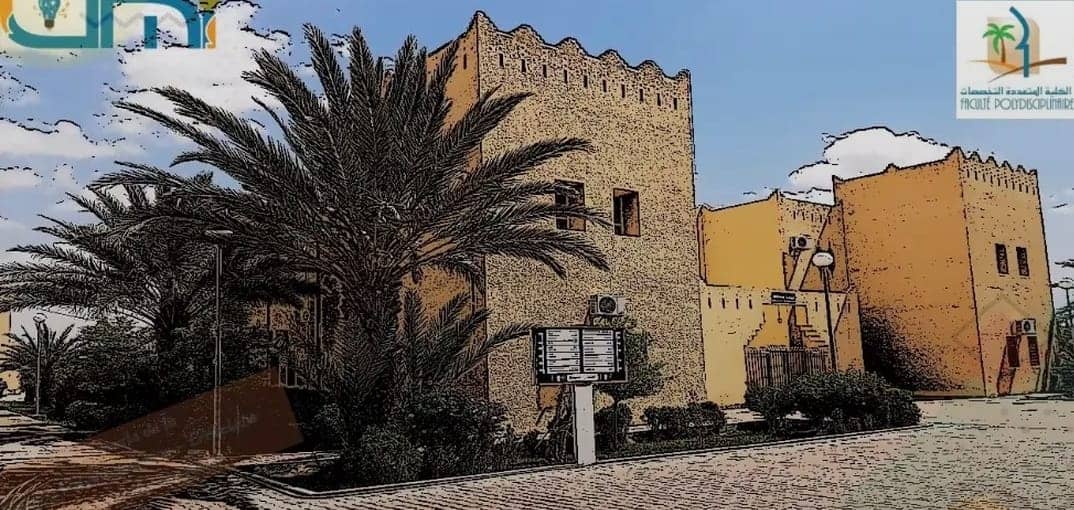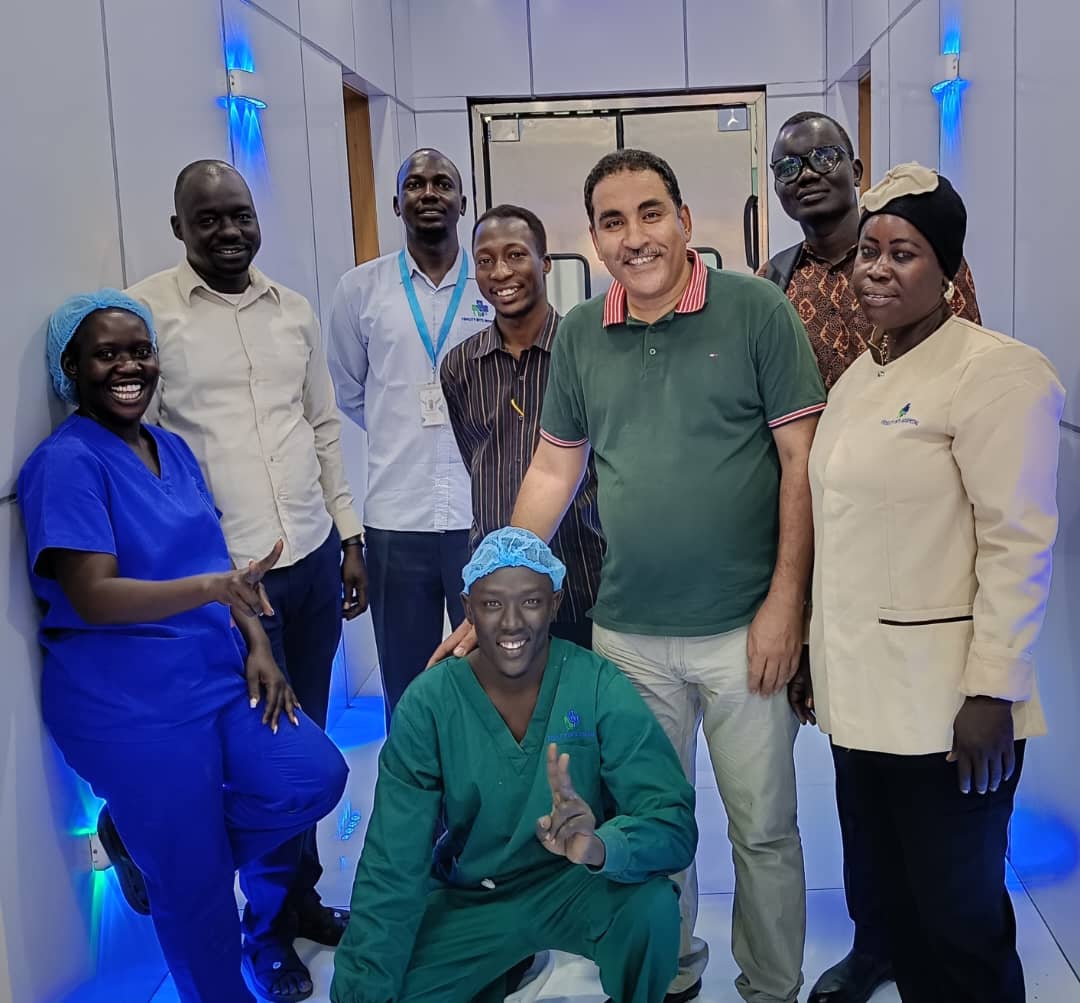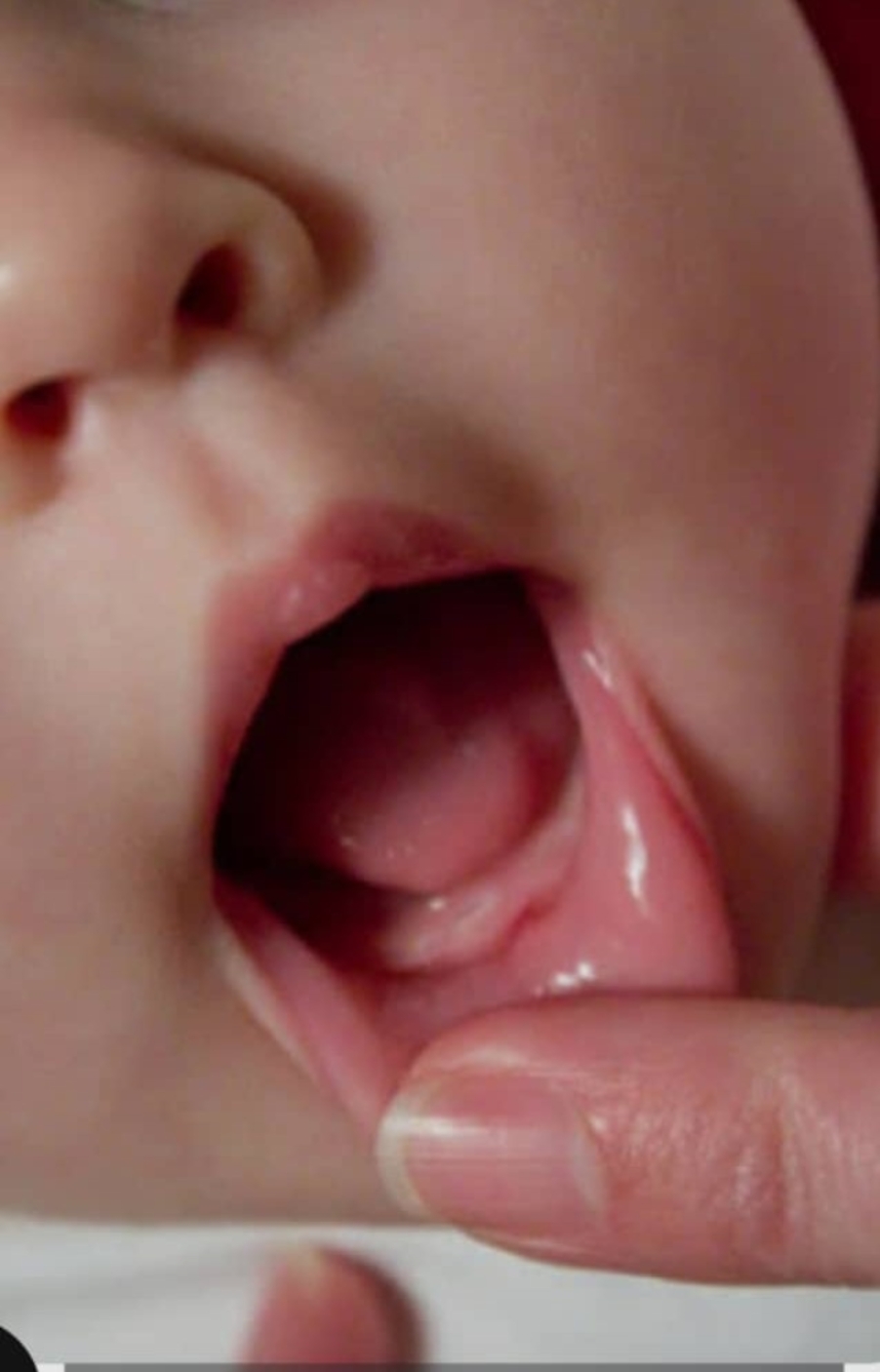Understanding Stroke: Symptoms, Causes, and Treatment in South Sudan
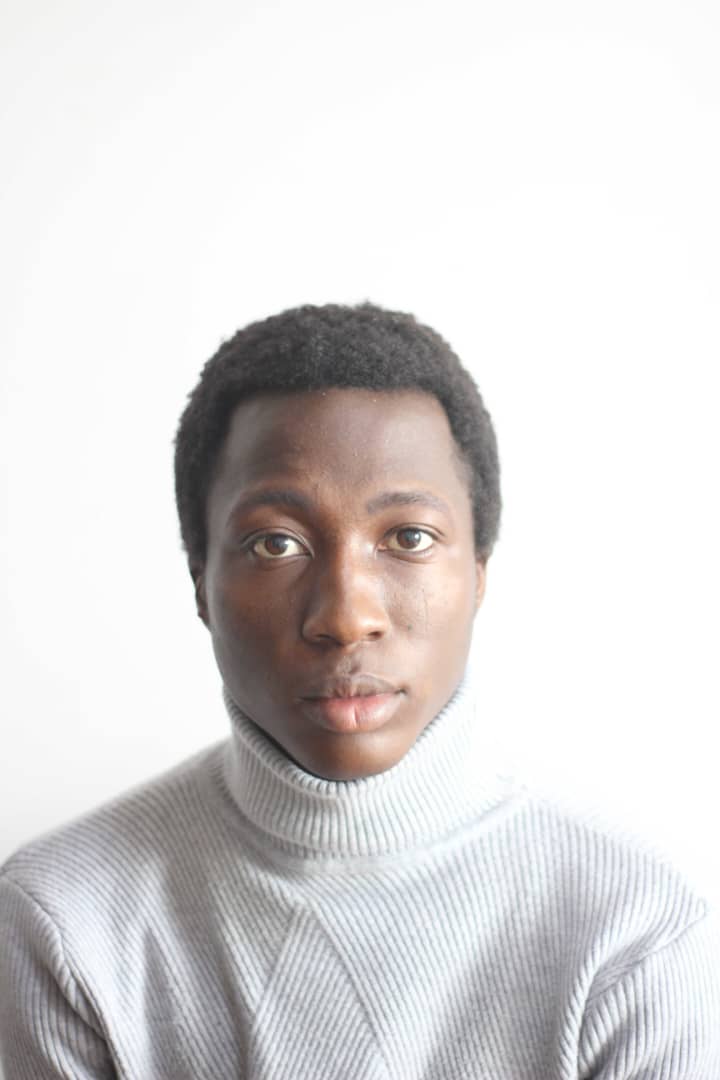
Dr. Bulis E.A Sufu
Stroke is a growing health concern in South Sudan, responsible for about 4.22% of total deaths in the country. It is a medical emergency that requires immediate attention, yet many people are unaware of its symptoms and the critical role of early intervention. This article aims to educate the public on stroke symptoms, its underlying mechanisms, and where to seek treatment in Juba.
What is a Stroke?
A stroke happens when blood flow to the brain is disrupted, leading to brain cell damage. The longer the brain goes without oxygen, the higher the chances of permanent disability or death. There are two main types of strokes:
Ischemic Stroke – The most common type (about 87% of all cases), caused by a blocked artery due to a blood clot or fatty deposits.
Hemorrhagic Stroke – Occurs when a blood vessel in the brain bursts, leading to internal bleeding, often due to high blood pressure or aneurysms.
(Insert Image: Diagram showing the difference between ischemic and
hemorrhagic stroke)
Recognizing Stroke Symptoms – BE FAST
Recognizing a stroke early can save lives. Use the acronym BE FAST to identify symptoms:
Balance – Sudden loss of balance or coordination
Eyes – Blurred or lost vision in one or both eyes
Face – One side of the face droops when smiling
Arms – Weakness or numbness in one arm
Speech – Slurred or confused speech
Time – If any symptoms appear, seek immediate medical help
A Real-Life Case in Juba
In Juba, Mr. Deng, a 60-year-old man, woke up one morning feeling weak on his right side. His family noticed his slurred speech and a drooping face. Fortunately, they rushed him to the hospital, where he received urgent treatment. Today, after rehabilitation and medication, Mr. Deng has regained most of his movement and speech. His survival highlights the importance of early recognition and action.
Stroke Treatment Centers in Juba
If you or a loved one experiences stroke symptoms, seek immediate medical care at these facilities:
Hai Mauna Medical Complex – Provides advanced diagnostic tools and treatments.
How to Reduce Your Stroke Risk
While stroke can strike anyone, some lifestyle changes can significantly lower the risk:
✅ Control Blood Pressure – Monitor and
manage hypertension with medication and diet.
✅ Manage Diabetes – Keep blood sugar levels in check.
✅ Eat Healthy – Consume more fruits, vegetables, and whole grains.
✅ Exercise Regularly – Stay active to maintain a healthy weight and heart function.
✅ Quit Smoking – Tobacco use increases stroke risk by 2-4 times.
Stroke is a silent killer, but knowledge and quick action can save lives. Recognizing the symptoms and seeking immediate
By spreading awareness, we can protect our loved ones and our communities from the devastating effects of stroke.


